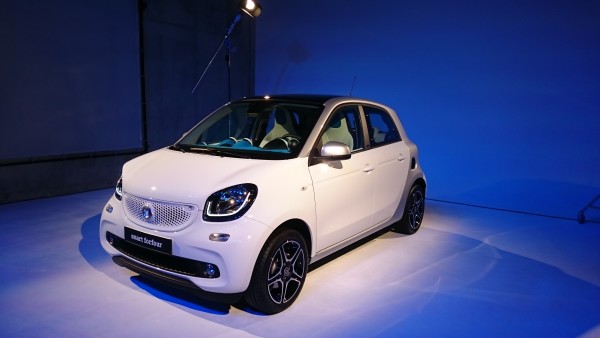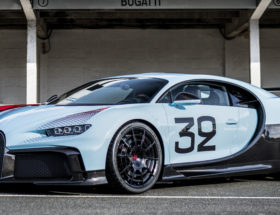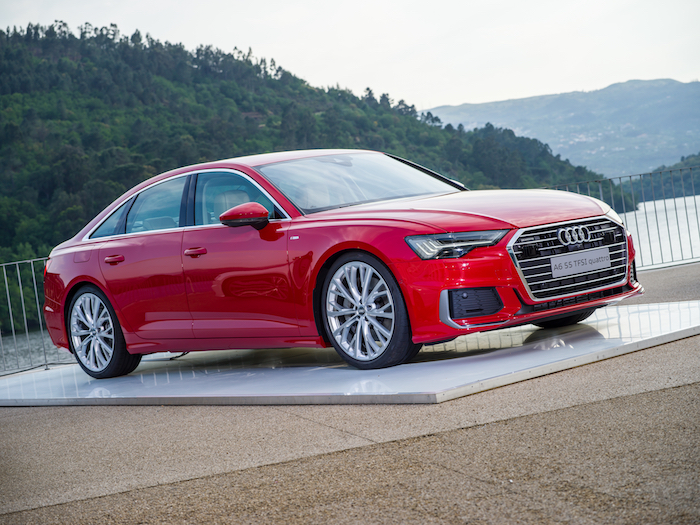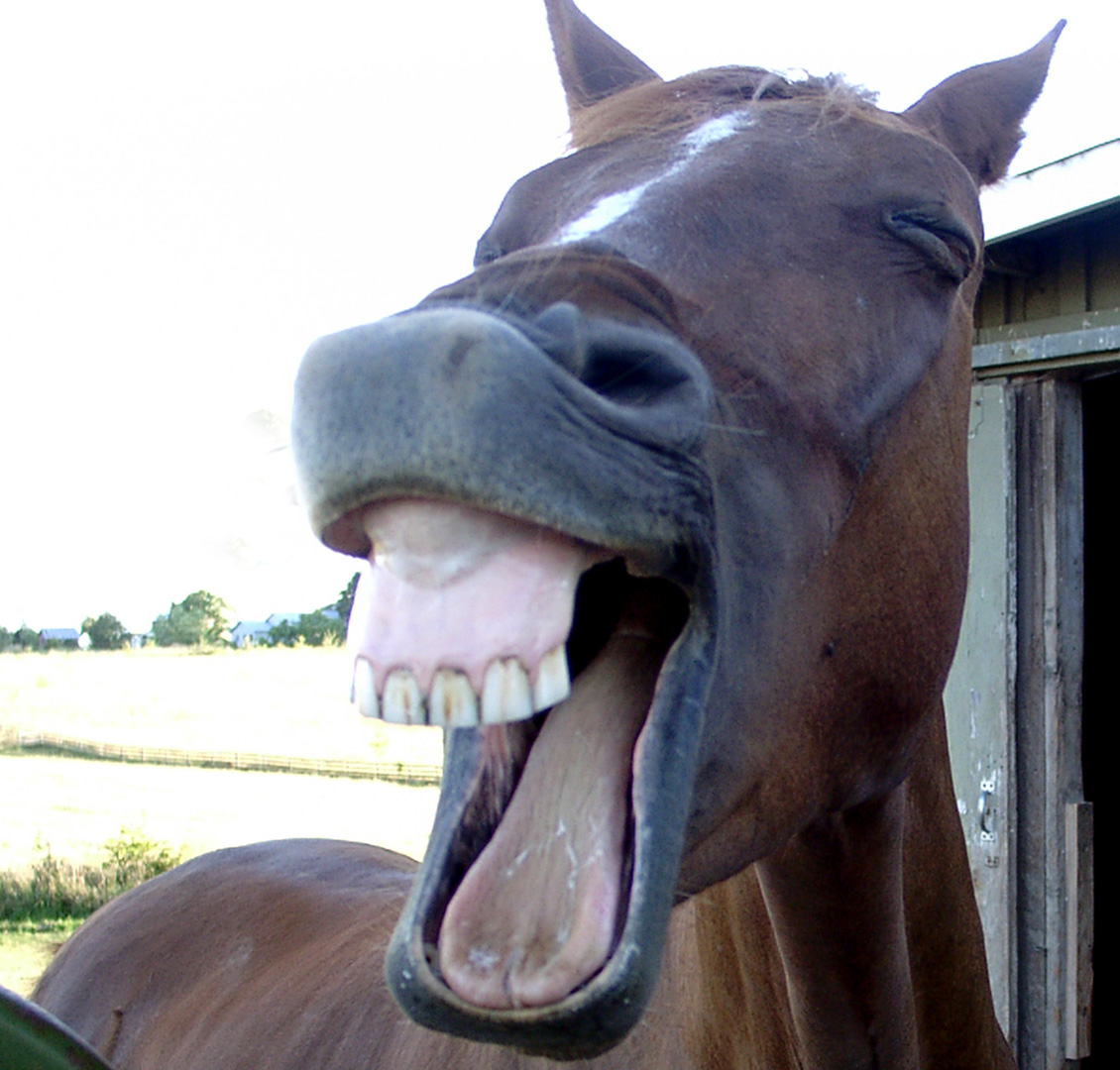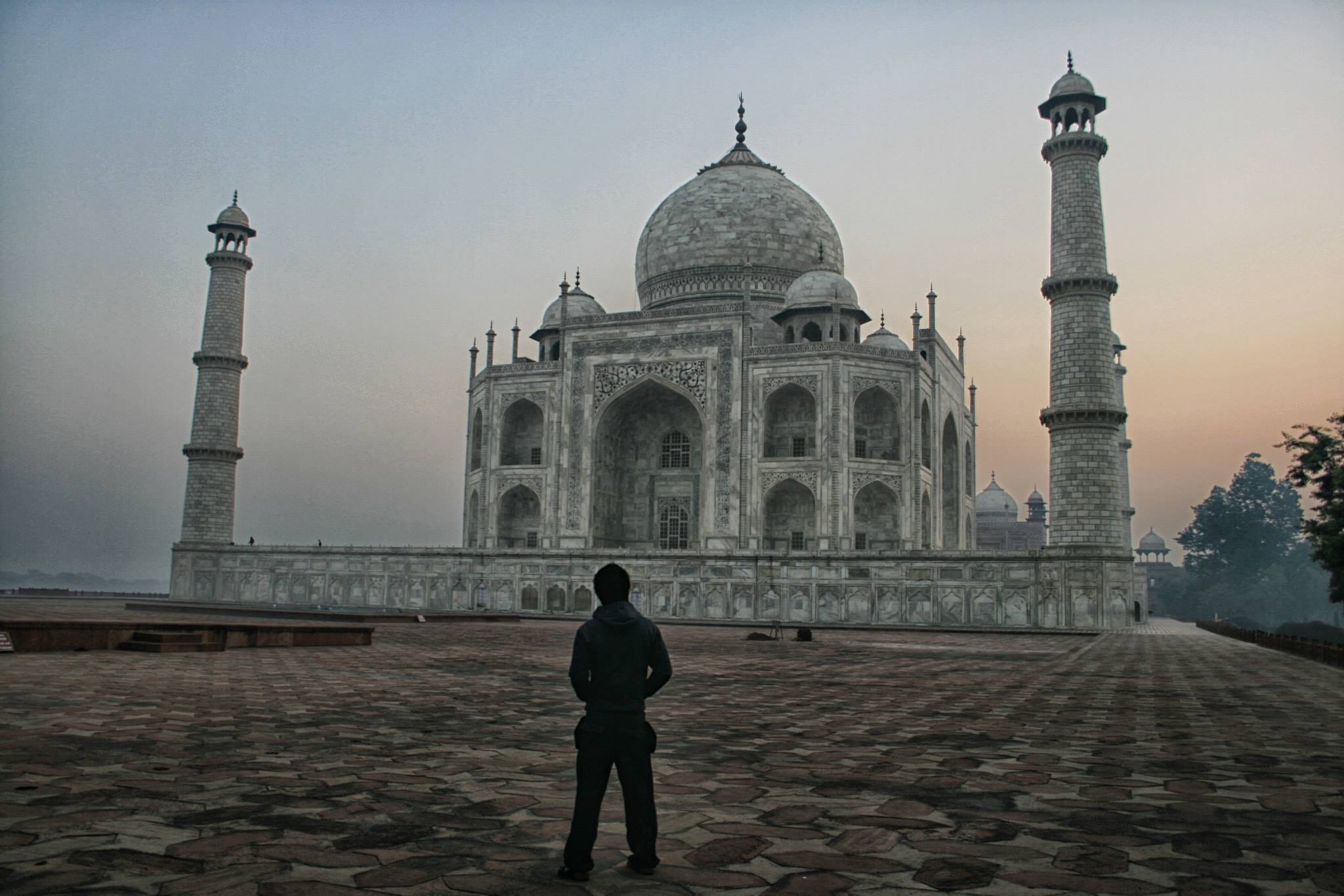It seems a little hard to believe that the modest Smart Car is now 16 years old – the first Smart ForTwo was launched in 1998. Originally the brainchild of former Swatch CEO Nicholas Hayek in the 80s, the concept was produce a stylish small car for urban driving – while the concept did eventually make it to the market, it hasn’t been a financially successful one. Daimler, the company that manufactures the Smart Car, has lost over 4 billion Euros since the Smart’s inception – production of other models such as the Roadster and the ForFour were shut down 7 years ago because of poor sales. Despite this, Smart has still become an established and recognisable brand throughout Europe and the US – the small size and low cost of the ForTwo has long offered a practical solution for city dwellers and has maintained reliable, albeit not particularly spectacular, sales figures.
Now operating under the Mercedes Benz branch of Daimler, the company has decided that the time is now right to launch a new iteration of the ForTwo. Not only that, the ForFour will also be making it’s comeback, but more on that later. The cars have been developed in conjunction with Renault, which automatically brings to mind the Twingo, a car that would be in direct competition with the ForTwo and ForFour.
My first impression of the new ForTwo is that it has a more pleasing look than it’s predecessor. While the original did have some style, the new model takes it to the next level; even though it’s the same length, the bonnet has been extended, and the new two tone colour schemes are slicker and more daring. The interior has also been overhauled completely. It’s spacious, a 3.5” touchscreen has been added, along with a separate retro looking climate control system; all these changes give it much more character. Despite matching the colour scheme of exterior, it avoids looking garish, which is an impressive achievement by the designers. There’s also the usual perks – the ability to sync a smartphone via bluetooth or USB, Sat Nav, and even a Lane Keeper assist, a function that beeps when you stray out of a lane without indicating.
There may not be the slickness of a luxury car, but let’s face it, at that price (around the £11k mark) it would be churlish to expect an E-class like interior. However what it does say is that Mercedes is fully committed to making the Smart both practical and stylish, whereas previous models have arguably only focused on the former.

Both cars will be available with a choice of two petrol engines – a 999cc naturall
y aspirated engine that can produce 71bhp, or a turbo charged 898cc engine that will kick out 90hp, a lot of bang for a car that weighs less than a tonne. The manual gearbox will come as standard when the car launches later this year, with a twin-clutch DCT automatic arriving in Spring 2015. I had the chance to test bothon a mild afternoon in Barcelona, with mixed feelings.
Getting into the manual version, I was immediately surprised at the height of the clutch pedal; this may sound a bit odd, but it seemed to be at least a couple of inches higher than some of it’s counterparts. This resulted in a higher biting point, which made it difficult to gauge the acceleration of the car when starting off. After a bit of time on the road, the high clutch also made for some uncomfortable gear changes. In a city where there are traffic lights virtually every 200metres, this made for some unsettled driving. Steering wise, the car boasts the world record tightest turning circle, and it shows – the car is incredibly responsive to any movements in the steering wheel, and shows surprising maneuverability. More than once I thought I had reached the limit turning wise, and then found some extra give. It was almost like turning a motorbike.
My impression of the ForTwo completely changed once I switched to the DCT automatic version. With the troublesome clutch taken away, it was a smoother ride and a far more convincing urban car. I was actually able to appreciate the improved robustness of this ForTwo, and the responsive handling. Gear changes were a little slow when trying to get some pickup, but overall it was an enjoyable drive, and went a long way towards convincing me that Mercedes’ mission was accomplished.
What I was really looking forward to was a chance to test the new ForFour. Revived from the ashes after seven years, I was interested to see what Mercedes would bring to the table, and I wasn’t disappointed. The last ForFour had a different design to the ForTwo, but this model shares the same design as the new ForTwo, and looks a lot better for it. There are some similarities to the Twingo – the cars even share 70% of the parts – but it’s not glaringly obvious. The rear seating area is spacious and comfortable, and the seats fold down to give extra storage space.
Where it really stands out though is when you get in and start driving. I tested the turbocharged 898cc version, and I was mightily impressed. The clutch pedal is back to a normal level and comfortable to use – gear changes are a lot easier and there’s a satisfying pickup. The extra weight and rear wheel drive (both the ForTwo and ForFour are rear wheel drive) gives the car added stability and better feedback into the steering wheel. Combining these on the winding mountain roads just outside of the city led to excellent results; the ForFour handles beautifully on both sharp and light turns, and is real fun to drive while also giving that level of comfort that is usually only felt in more expensive cars. The DCT version wasn’t available to test, but I’m convinced that the manual gearbox will be the better option.
The standard ForFour costs just £500 more than the ForTwo, an amazing feat, although that’s still £2k more than the Twingo. However, in comparison, it’s easily worth the extra money – offering a better looking interior and a slicker drive.
Conclusion:
Mercedes has innovated the Smart with excellent results. The ForTwo offers a great option for inner city driving, although go for the DCT automatic gearbox to get the best out of it. The ForFour is the real standout, offering all the same benefits as the ForTwo but adding a better drive, and the option of being able to take it out of the city and into the country. The price may be a little high compared to it’s competitors such as the Twingo or the Volkswagen Up!, but it’s worth it.

